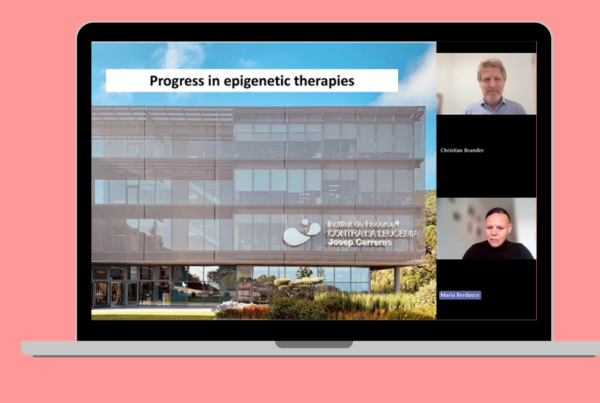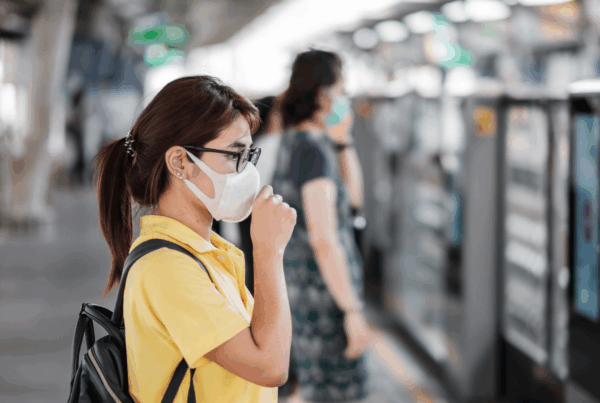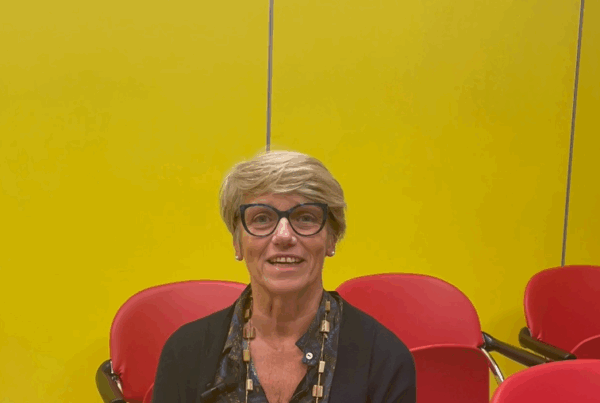
Marta Ruiz-Riol, deputy coordinator of EPIVINF, discusses her role in studying epigenetic changes related to HIV and SARS-CoV-2, the origins of the project, the challenges of harmonizing diverse clinical data, and the next steps in advancing our understanding of these infections
What is your role in the project?
I’m Marta Ruiz-Riol, senior researcher at IrsiCaixa and, as the deputy coordinator of the EPIVINF consortium, I oversee various aspects of the project. I also lead several work packages, particularly WP2, which focuses on assessing epigenetic changes in the context of natural HIV and SARS-CoV-2 infections, and WP4, where we aim to link epigenetic dysregulation with neurological diseases caused by these infections. My responsibilities include coordinating research activities, ensuring the integration of data from different cohorts, and guiding the team to achieve our research objectives.
How did you come up with the idea for the project?
After several years of being involved in the TIV group at IrsiCaixa, studying the mechanisms that contribute to the control of HIV infection in the absence of treatment and/or after receiving therapeutic interventions, we found epigenetics, specifically host DNA methylation and the role of sirtuins, to be significant predictors of such control. Our results also identified different therapeutic targets not only for viral control but also as relevant factors in the comorbidity of neurological dysfunction associated with HIV. To expand these studies and delve deeper into the complexity of the impact of acute HIV infection on epigenetic changes from early phases of infection and the development of pathologies affecting the CNS in chronic infection, we proposed this project. Additionally, considering the similarities with SARS-CoV-2 and the neurological impact caused in Long COVID, we aim to identify the common and differential mechanisms in both pathologies.
What are the main challenges or risks you have encountered so far in the project?
The harmonization of many different cohorts from different clinical centers across Europe has been a great challenge. This task has been carried out meticulously to minimize possible variability as much as possible, allowing us to identify the epigenetic mechanisms in each infection and clinical context as precisely as possible.
What are the next steps for the project after its current phase?
We have begun processing samples from different cohorts of natural infection or clinical trials and conducting experiments to measure the activity of some of the epigenetic modifiers we have identified thus far. Shortly, we hope to proceed with the integration of datasets from different omics analyses in various pathological contexts for HIV and COVID, to identify potential candidates for in vitro and in vivo validations.






